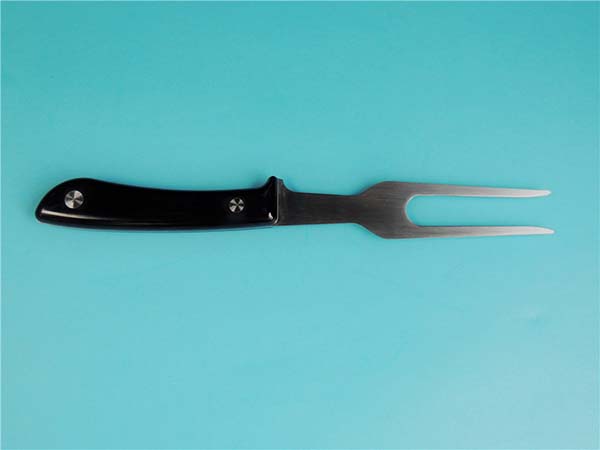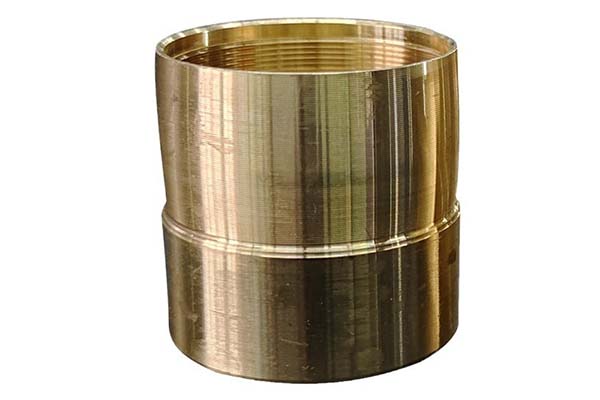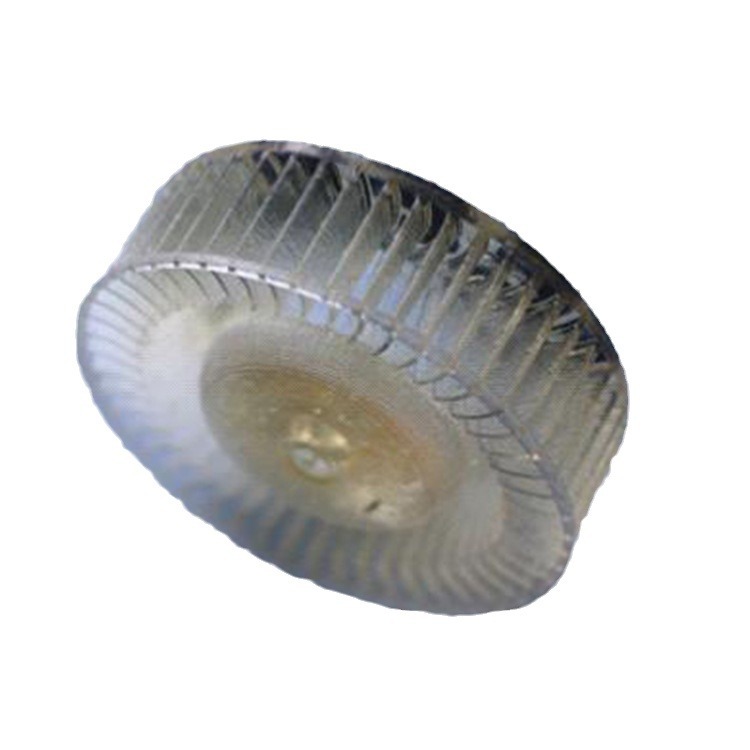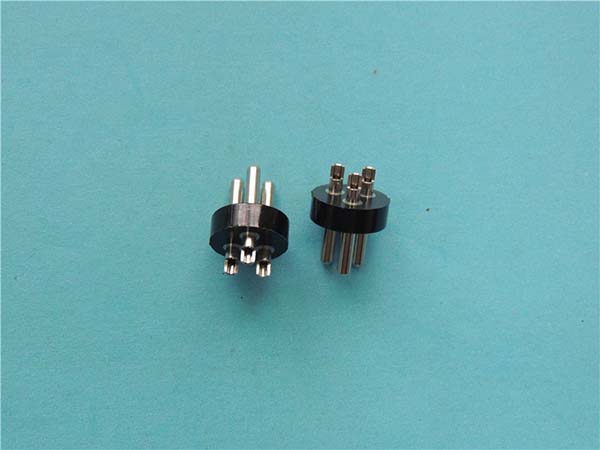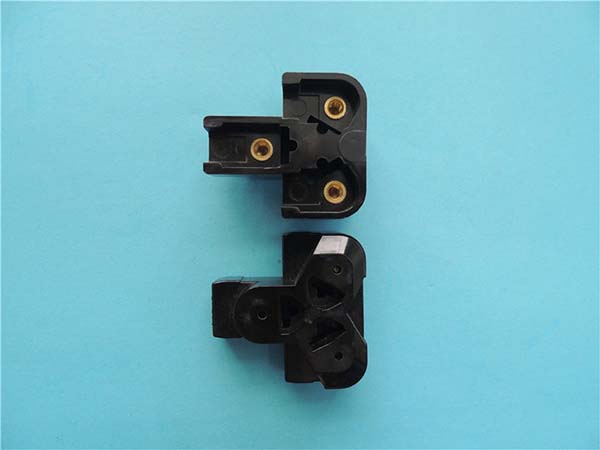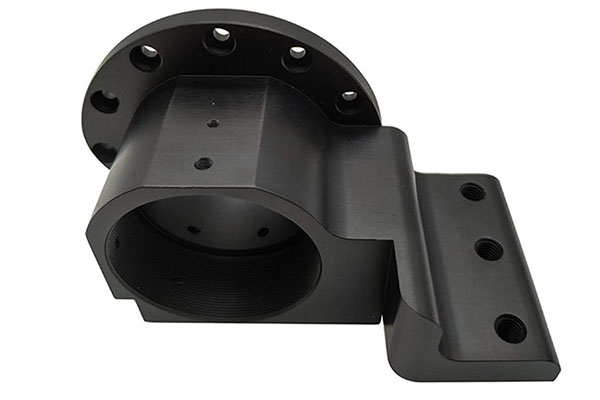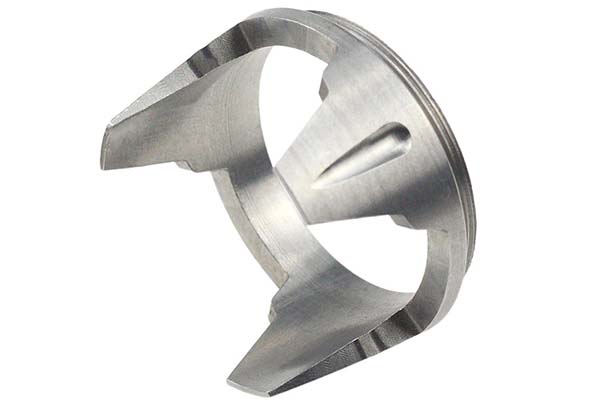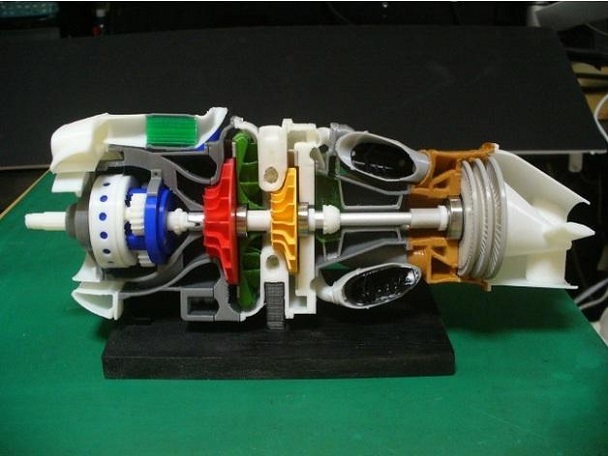Introduction
In the rapidly evolving world of manufacturing and engineering, 3D printing has emerged as a revolutionary technology. But what exactly are 3D print fasteners? 3D print fasteners are components produced through 3D printing technology, designed to join or secure two or more objects together, similar to traditional fasteners like screws, bolts, and nuts. However, they are created layer by layer from digital models, using a variety of materials such as plastics, metals, and composites.
This article is here to be your comprehensive guide, aiming to solve all your doubts regarding 3D print fasteners. Whether you are a seasoned engineer, a DIY enthusiast, or a business owner exploring cost - effective manufacturing solutions, you'll find valuable information within these words. We will explore their types, materials, advantages, limitations, and real - world applications, equipping you with the knowledge to make informed decisions about incorporating 3D print fasteners into your projects.
What are 3D Print Fasteners?
Definition and Basics
3D print fasteners are components created through additive manufacturing processes, commonly known as 3D printing. They operate on the principle of additive manufacturing, where layers of material are deposited one by one based on a digital 3D model. This is in contrast to traditional manufacturing methods, such as subtractive (cutting, milling) or formative (casting, forging) processes.
For example, in fused deposition modeling (FDM), which is a popular 3D - printing technology for creating fasteners, a spool of thermoplastic filament is fed into an extruder. The extruder heats the filament until it becomes semi - liquid and then deposits it layer by layer onto a build platform according to the digital design, gradually building up the 3D shape of the fastener.
Types of 3D Print Fasteners
There are several common types of 3D print fasteners:
- 3D Printed Screws: These are threaded fasteners with a helical ridge, or thread, around a cylinder. They can be designed with different thread pitches (the distance between adjacent threads) and diameters to suit various applications. For instance, a small, fine - threaded 3D printed screw might be used in a delicate electronic device assembly, while a larger, coarse - threaded one could be employed in a DIY furniture project.
- 3D Printed Nuts: Nuts are internally threaded fasteners that mate with screws. 3D printed nuts can be made in different shapes, like hexagonal (the most common) or square, and can be customized with features such as built - in washers or locking mechanisms.
- 3D Printed Bolts: Bolts are similar to screws but are typically used with a nut to fasten two or more objects together. They often have a head on one end, which can be designed in various styles like hexagon, round, or socket - head, depending on the application's requirements for tightening tools.
- 3D Printed Washers: Washers are thin, flat discs with a hole in the center. They are placed under the head of a screw, bolt, or nut to distribute the load and prevent damage to the surface of the fastened materials. 3D printed washers can be made with unique geometries, such as serrated edges for better grip or flexible materials for shock absorption.
- 3D Printed Rivets: Rivets are permanent fasteners that are inserted through holes in the materials to be joined and then deformed on one or both ends to hold the parts together. 3D printed rivets can be designed for easy installation and can be made from materials that offer high strength - to - weight ratios.
The following table summarizes the basic features of these common 3D print fasteners:
| Fastener Type | Main Feature | Typical Application |
| 3D Printed Screws | Threaded for rotational insertion | Electronic devices, DIY projects |
| 3D Printed Nuts | Internally threaded, mates with screws | Machinery, construction models |
| 3D Printed Bolts | Used with nuts, has a head | Heavy - duty assemblies, automotive prototypes |
| 3D Printed Washers | Thin disc for load distribution | All types of fastening to protect surfaces |
| 3D Printed Rivets | Permanent fastening, deformed after insertion | Aircraft models, jewelry making |
Comparing 3D Print Fasteners with Traditional Fasteners
When considering the use of fasteners in various applications, it's crucial to understand how 3D print fasteners stack up against their traditional counterparts. The following table provides a detailed comparison in terms of several key aspects:
| Aspect | 3D Print Fasteners | Traditional Fasteners |
| Cost | For low - volume production, 3D printing can be cost - effective as it eliminates the need for expensive molds or dies. For example, if you need to produce 100 custom - designed screws, 3D printing might cost only \(50 in materials and machine time, compared to traditional manufacturing which could have high setup costs.</li><li>However, for high - volume production (e.g., producing 10,000 standard screws), traditional mass - production methods are usually much cheaper. The cost per 3D - printed fastener may be \)0.5, while traditional manufacturing can bring it down to $0.1 or less. | High setup costs for molds and dies in traditional manufacturing. For instance, creating a mold for a new type of bolt can cost thousands of dollars.But with high - volume production, the unit cost can be extremely low due to economies of scale. In a factory producing millions of screws annually, the cost per screw can be as low as a few cents. |
| Production Cycle | Very short production cycle. A digital model can be quickly converted into a physical fastener. A simple 3D - printed nut can be produced within an hour or two, depending on the complexity and the 3D printer's speed.There's no need to wait for tooling changes or production line set - ups, enabling rapid prototyping and quick response to design changes. | Longer production cycles. It can take weeks to months to develop molds, set up production lines, and start mass - production. For a new type of fastener, the pre - production phase alone can take 4 - 6 weeks.Any design changes require significant re - tooling and re - setup, which further delays the production process. |
| Customization Degree | Highly customizable. Designers can create fasteners with unique geometries, thread patterns, and integrated features. For example, a 3D - printed bolt can have a built - in anti - vibration mechanism or a customized head shape for a specific tool.Even small - batch production can have different designs for each fastener without additional cost. | Limited customization. Customizing traditional fasteners often requires high - cost tooling changes. Changing the thread pitch of a traditional screw in large - scale production is difficult and expensive.Most traditional fasteners are produced in standard sizes and designs, and custom designs are only cost - effective for very large orders. |
| Performance | Materials used in 3D printing are constantly improving, but some 3D - printed fasteners may have lower mechanical properties compared to high - quality traditional metal fasteners. For example, 3D - printed plastic screws may not have the same tensile strength as steel screws.However, for certain applications with lower strength requirements, like in some consumer electronics or small - scale DIY projects, 3D - printed fasteners can perform adequately. | Generally offer high mechanical strength and reliability, especially when made from high - quality metals. Traditional steel bolts are widely used in construction and automotive industries due to their high tensile and shear strength.Well - established manufacturing standards ensure consistent performance across batches. |
Applications of 3D Print Fasteners
3D print fasteners have found their way into a wide range of industries, each taking advantage of their unique characteristics in different ways:
Aerospace Industry
In the aerospace industry, where weight reduction and high - performance components are crucial, 3D print fasteners offer significant benefits. For example, some aircraft manufacturers are using 3D - printed titanium alloy bolts and nuts. These fasteners are not only lighter than their traditional counterparts but also can be designed with complex internal structures to enhance strength - to - weight ratios. According to a study by Boeing, using 3D - printed fasteners in some aircraft components has reduced the overall weight by up to 20%, leading to fuel savings of about 8% during long - haul flights. This is because 3D printing allows for the creation of lattice - like internal structures within the fasteners, which maintain strength while minimizing material usage.
Automotive Industry
Automotive companies are also exploring the use of 3D print fasteners. Ford, for instance, has developed 3D - printed locking lug nuts. These nuts are designed with unique geometric patterns, some based on the driver's voice patterns (biometric security). This innovation not only provides an extra layer of security against wheel theft but also showcases the customization capabilities of 3D - printed fasteners. In the automotive production process, 3D - printed fasteners can be used in prototyping new vehicle models. Since the production cycle of 3D - printed fasteners is short, engineers can quickly test different fastener designs, reducing the overall development time of new car models by up to 30%.
Medical Industry
In the medical field, 3D - printed fasteners are being used in implantable devices. For example, 3D - printed screws made of biocompatible materials like titanium are used in orthopedic surgeries. A study at the University of Michigan found that 3D - printed orthopedic screws with a porous surface structure can enhance bone ingrowth. The porous structure, which is difficult to achieve with traditional manufacturing methods, allows bone cells to penetrate and attach to the screw, improving the long - term stability of the implant. In dental applications, 3D - printed nuts and bolts are used in custom - made dental prosthetics, providing a more precise fit for patients.
Consumer Electronics
Consumer electronics manufacturers are using 3D - printed fasteners for their small - scale and often customized production needs. For example, in the production of high - end headphones, 3D - printed plastic screws are used to assemble the delicate internal components. These screws can be designed with a very small diameter and precise threading, ensuring a secure fit without damaging the fragile electronic parts. The ability to quickly produce small batches of custom - sized fasteners through 3D printing allows electronics companies to respond rapidly to design changes and new product launches, reducing time - to - market by up to 50%.
Yigu Technology's View
As a non - standard plastic and metal products custom supplier, Yigu Technology sees great potential in 3D print fasteners. The customization capabilities of 3D printing align perfectly with our focus on meeting unique customer needs. We can use 3D printing technology to produce fasteners with complex geometries and specific material requirements, which traditional manufacturing methods may struggle to achieve.
Our experienced team can work closely with clients, from the initial design phase to the final production of 3D - printed fasteners. By leveraging advanced 3D printers and high - quality materials, we ensure that the fasteners we produce not only meet but exceed industry standards in terms of precision and durability. Whether it's for small - scale prototypes or medium - volume production, Yigu Technology is well - positioned to provide efficient and cost - effective 3D - printed fastener solutions.
